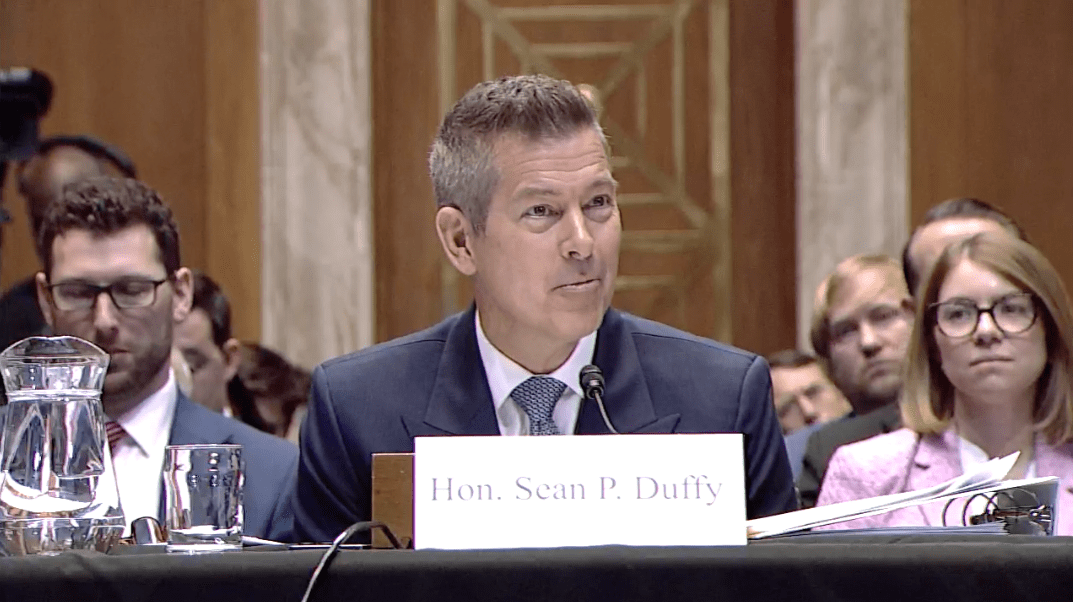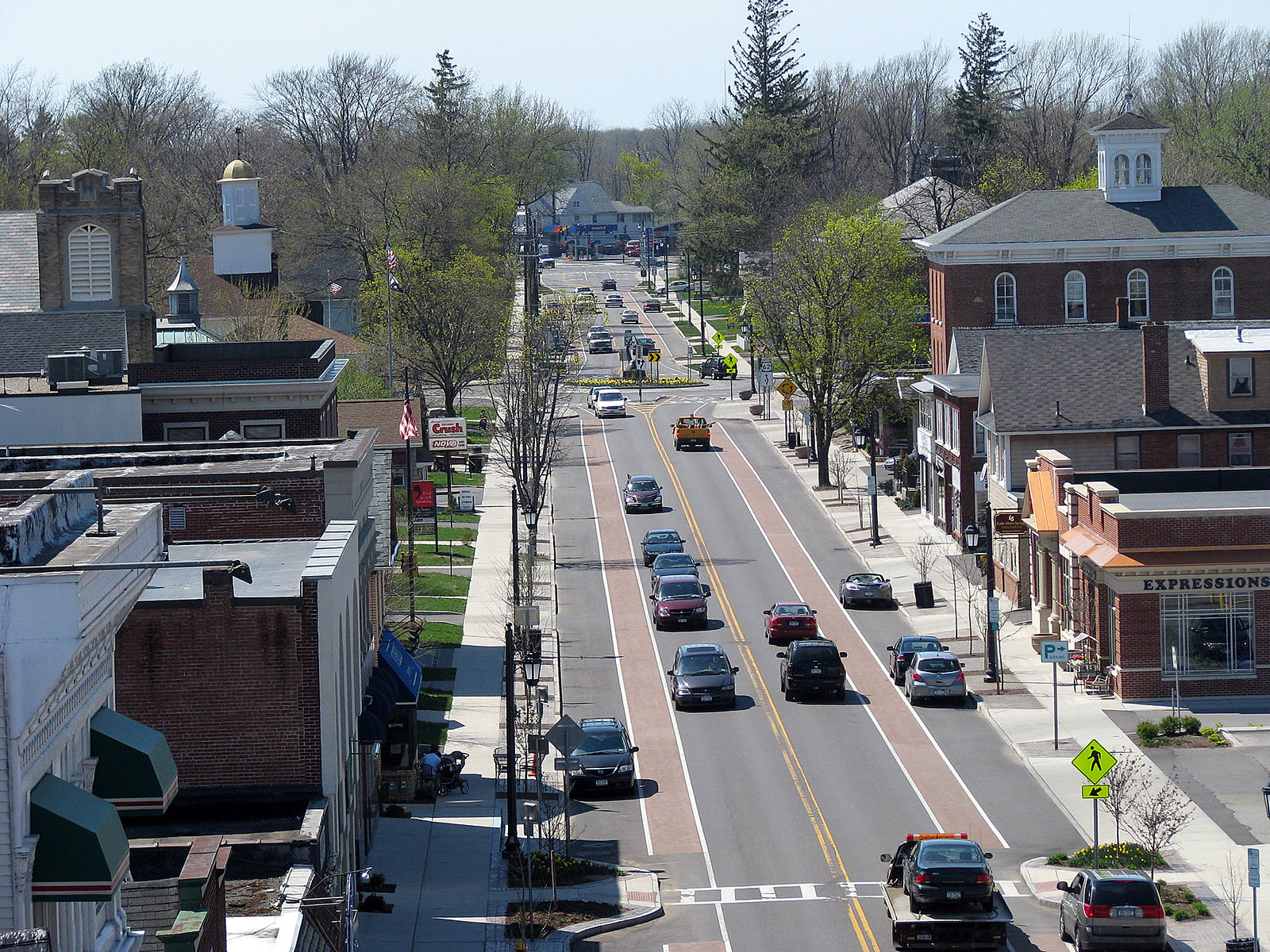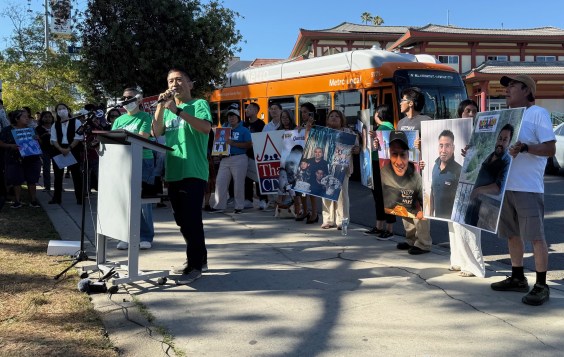
This chart tells an eye-opening story about access to transit in the United States. Using the new data tool AllTransit, TransitCenter dug into who has access to transit in American cities, making a crucial distinction between residents near any transit whatsoever and residents with access to convenient, frequently running service.
The analysis encompassed the nation's 25 largest cities and three others with sizable rail systems. Even in spread-out Jacksonville, most people "live within walking distance of a bus or rail stop," writes TransitCenter. But access to buses or trains that arrive, on average, every 15 minutes or less -- the kind of service that's most useful to people -- is much more scarce:
The number of large U.S. cities with no high-quality public transportation is substantial. San Antonio, which is the busiest bus-only transit system in the country, has no lines that qualify as high-frequency. Neither does Phoenix, which has recently opened new light rail and rapid bus lines. Even Atlanta, with its relatively large subway system, doesn’t run enough late-night and weekend service to make the cut. In all, 13 of the 28 cities (comprising 12.2 million people) fall into this category of offering no high-quality transit whatsoever.
In cities with some frequent service, but not much, access to high-quality transit tends to be unequal:
Notably, in cities with fewer high-frequency transit lines there tends to be a greater demographic skew among people who live near quality transit. Often, but not always, those neighborhoods have substantially smaller proportions of people of color.
Denver, Houston, and Detroit are examples of this inequality in the chart below. (Cleveland bucks the pattern.)

Though it may be difficult to achieve, the solution to inequitable transit access is clear:
But the more important takeaway might also be the most obvious: cities with many high-quality transit lines are much better at providing equitable high-quality transit service. Places like New York, Chicago, and San Francisco didn’t set out with the explicit intention of building transit systems that would reach as diverse a group of residents as possible. By having frequent transit networks that span large swaths of the city, however, they are able to provide service to many different communities relatively equally.
Elsewhere on the Network today: Next STL shares photos from "peak St. Louis," the city's heyday in the mid-20th Century. And The Urban Edge analyzes a map of where Houston's apartment buildings are located.





